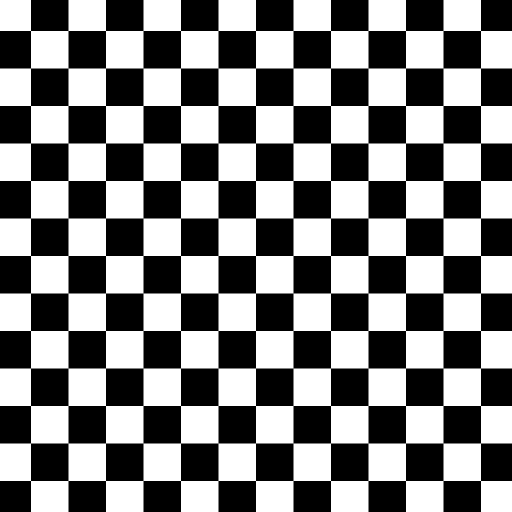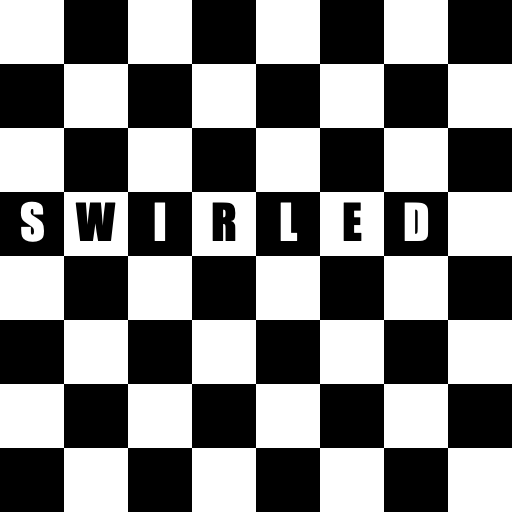This fall, as a creative outlet during a challenging teaching term (and as a distraction from the general mess of the world), I began posting weekly looping animations on Twitter, under the hashtag #swirlysquaresunday. The idea was to find creative expression under a tight set of aesthetic constraints: a looping animation of a black-and-white checkerboard. Of course, these tight constraints still permit a wide range of fun and captivating visual devices. Here’s one from a few weeks ago as an example.

Earlier today, Daniel Piker suggested that it would be fun for a group of people interested in these looping mathematical animations to collaborate. Each would contribute a short sequence that begins and ends with a checkerboard, and we’d glue them together into one longer animation. What a lovely idea! The most famous example of this variety of collaborative artwork is what the Surrealists called an Exquisite Corpse. Exquisite Corpse animations are popular too; I’ve long been a fan of The Zoomquilt, and I’ve seen it done as a group project in animation courses.
So, let’s create a Swirled Series!

If you’re reading this, you’re invited to submit a short animation loop. I’ll stitch them together into a final sequence. Let me lay down some rules in order to keep the process sane:
- Use a resolution of 512×512.
- No colour, but it’s OK to use grey levels beyond pure black and pure white.
- Your segment should have at most 180 frames (I’ll aim to play back at 50 frames per second). It’s OK to have fewer frames.
- Your segment should begin and end with the same frame: an 8×8 checkerboard (i.e., squares of dimension 64×64), with white in the lower-right corner.
- You can do anything you want to get from a checkerboard back to a checkerboard, except sit still.
- I strongly recommend that your loop have “zero derivative” at the first and last frames; that is, it should glide to a graceful stop, so that the transition to the next animation in the sequence isn’t jarring.
- I would prefer to receive your submission in the form of a zip file containing a directory of PNG images named
frame000.png,frame001.png, …frame179.png. - You grant me a non-exclusive, irrevocable license to use your images non-commercially, in animations, for education and research. Conceivably, if the result is entertaining, I might submit it to, say, the Bridges Short Film festival. In all cases, contributors will receive appropriate credit.
- The deadline is Friday, November 27th. I’ll aim to publish the result the following week.
To contribute, send your zipfile to me at swirledseries@gmail.com, or send me a link where I can download it.
In the unlikely event that this becomes popular, it’s possible I’ll receive more submissions than I know what to do with. In that case, please accept my apologies in advance as I work out some sort of compromise. I may have to choose who gets in by lottery or submission order, and impose a limit of one submission per person. Most likely, I’d simply keep doing this and roll extra submissions into future animations.
Thanks for playing with us!


Leave a Reply to Swirled Series: The Result – Isohedral Cancel reply